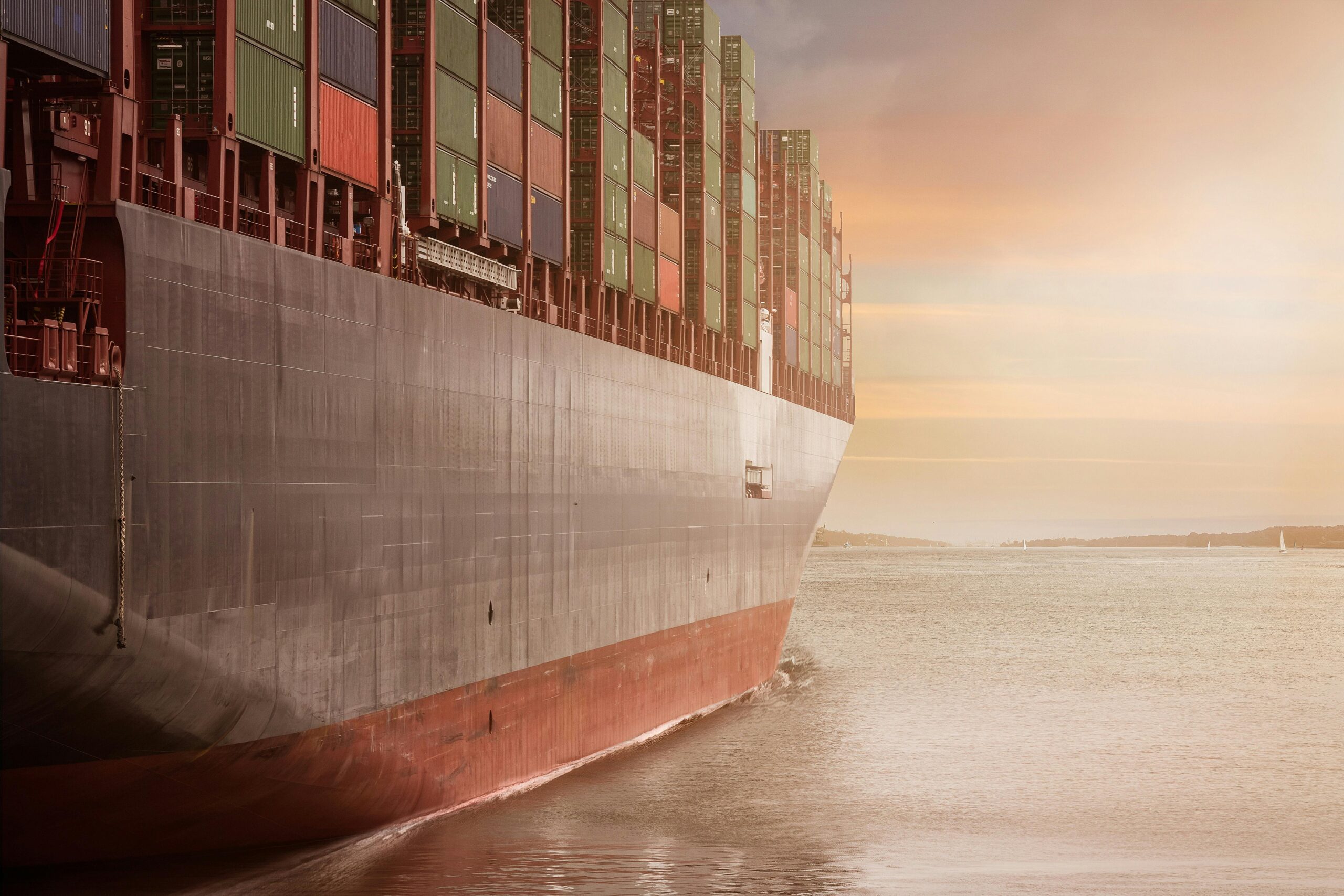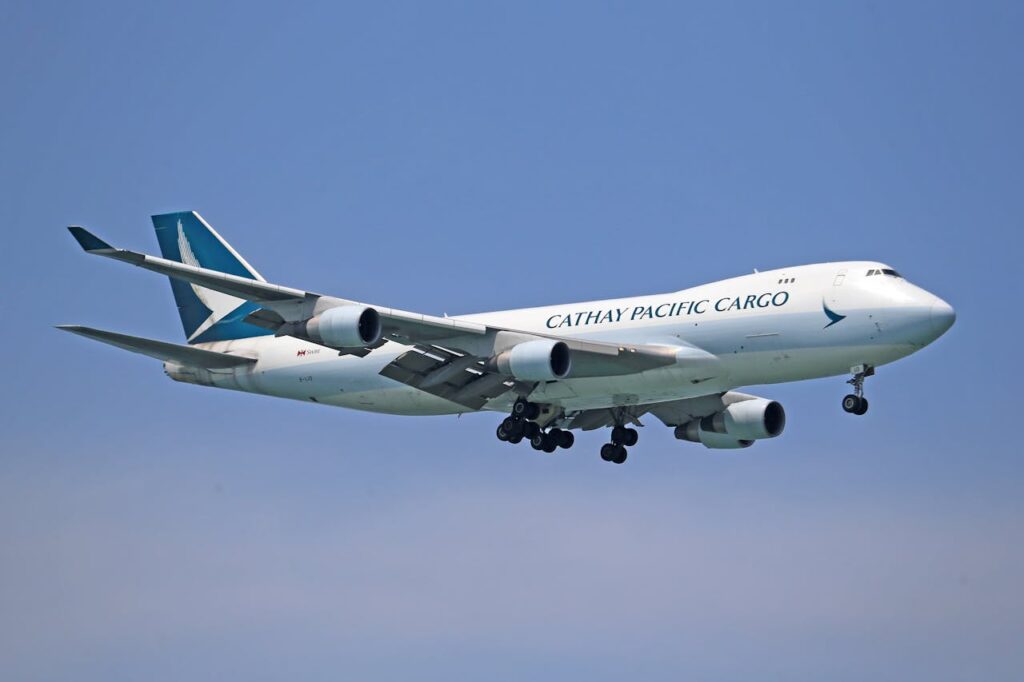
If you’re moving goods internationally, you’ll quickly encounter two core concepts: freight forwarding and freight shipping. They sound similar, but they do different jobs in your supply chain. Understanding the distinction is essential – especially when you’re researching freight shipping overseas or learning how freight forwarding US to Australia works in practice.
What is Freight Shipping?
Freight shipping is the physical movement of cargo. Carriers operate the vessels, aircraft, trucks and trains that move goods from point A to point B. When you book freight shipping overseas, you’re purchasing transport capacity – space on a ship, plane, truck or train.
Typical shipping modes:
- Sea freight for cost-effective, high-volume moves with longer transit times.
- Air freight for urgent, high-value or time-sensitive cargo.
- Road/rail for domestic or regional legs connecting ports and airports.
On its own, shipping doesn’t include route planning, documentation, customs processing, consolidation, insurance or on-the-ground coordination. That’s the role of freight forwarding.
What is Freight Forwarding?
Freight forwarding is the planning, coordination and compliance side of an international move. Forwarders don’t usually own ships or planes; instead, they orchestrate the journey end-to-end so you get predictable timelines, accurate paperwork and smooth handoffs.
A forwarder typically:
- Compares routes and negotiates shipping rates with multiple carriers.
- Prepares commercial invoices, packing lists and import declarations.
- Coordinates export steps at origin and import processes at destination.
- Advises on mode mix (air/sea) and schedules to match your deadlines.
- Arranges insurance, consolidation (LCL), deconsolidation and last-mile delivery.
In short, shipping moves cargo; freight forwarding makes the entire journey work.
Freight Forwarding US to Australia: Informational Guide
If you’re importing from the United States, freight forwarding US to Australia is best thought of as a step-by-step process – one that’s typically coordinated by an Australian freight forwarder with strong US partners. Here’s what that involves:
- Pre-shipment planning
- Validate commodity details, dimensions, weights and Incoterms.
- Choose sea vs air based on urgency, value and seasonality.
Confirm pallets/packaging meet carrier and quarantine expectations.
- Origin coordination in the US
- Book space with the most suitable carrier and service level.
- Arrange pick-up from your supplier, export documentation and terminal cut-offs.
- For freight shipping overseas, ensure cargo is properly declared before departure.
- Transit and visibility
- Track milestones (gate-in, departure, transhipments, arrival notice).
- Pre-clear where possible to compress dwell time at destination.
- Australian import and biosecurity
- Lodge import declarations accurately to avoid delays.
- Prepare for possible inspections depending on season and commodity.
- Manage terminal, depot and delivery timeframes.
- Final delivery
- Deconsolidate (for LCL), clear holds, schedule door-to-door delivery.
- Reconcile charges and confirm proof of delivery.
Many Aus based shippers look for a US freight forwarding service to Australia when they really need an Australian-based forwarder to coordinate the US leg, manage compliance locally and keep the import side watertight. Using that search term is fine for research, but the best operational control usually comes from a forwarder in Australia orchestrating your US pick-ups through their vetted partners.
Freight Forwarding vs Freight Shipping: Quick Comparison
| Topic | Freight Shipping | Freight Forwarding |
| Core role | Physical transport | Planning, compliance and coordination |
| Who does it? | Carriers (airlines, shipping lines, trucking firms) | Forwarders partnering with carriers |
| What you get | Space on a vessel/plane/truck | End-to-end management, paperwork and problem-solving |
| Typical use | You already manage docs and customs | You want turnkey control and fewer delays |
Both are essential. If you only need a container slot or air pallet, freight shipping overseas might be enough. If you want predictable timelines, correct declarations and fewer headaches, freight forwarding provides the structure and expertise that ensure your goods clear smoothly.

Choosing Modes: Sea vs Air (US → AU)
When planning freight forwarding US to Australia, one of the first decisions is whether to send your goods by sea or air. Each mode has clear advantages depending on your priorities.
- Sea freight – Best for bulk, heavy or non-urgent cargo. It offers a much lower cost per unit, making it the most economical way to move large shipments. However, transit times are longer, and seasonal port congestion can add delays. Learn more here.
- Air freight – Ideal for urgent, perishable or high-value items where speed offsets higher costs. Air freight reduces the risk of damage and minimises storage or carrying costs, but space is limited and shipping rates are higher.
A good forwarder will compare both shipping options, modelling total landed cost, transit time and potential risks. This helps you choose with confidence, balancing speed, budget and reliability to suit your supply chain.
Why an Australian-Based Forwarder for US to AU?
Australia has some of the world’s strictest import and biosecurity rules, so having a local partner makes a big difference. An Australian-based freight forwarder understands GST, customs processes, quarantine inspections and seasonal regulations that overseas providers may overlook.
By working with a forwarder here, you gain:
- Compliance confidence – Local specialists lodge paperwork accurately and ensure your goods meet Australian rules the first time.
- Visibility and peace of mind – One accountable partner manages US pick-up through to local delivery.
- Tailored advice – Guidance on packaging, timelines and shipping options suited to Australian ports and infrastructure.
The key is choosing a forwarder that can manage freight forwarding US to Australia seamlessly – with strong US partners, transparent shipping rates and responsive customer support.

Putting It Together
- Freight shipping = the movement.
- Freight forwarding = the method behind the movement.
If you’re comparing freight shipping overseas with a managed forwarding solution, weigh total landed cost, risk tolerance and the value of having a single team own the timeline, documents and delivery.
Want help mapping your next US → AU shipment? A clear pre-plan, right mode mix and accurate paperwork will save time, reduce costs and keep your cargo moving. Contact us to get started.